15 fun and interesting facts about Liverpool that you never knew
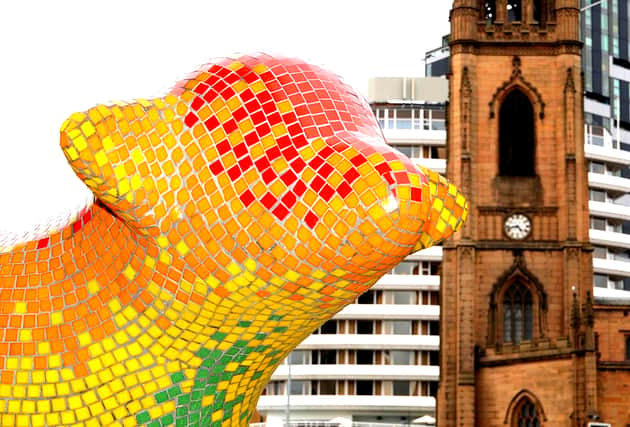

So you think you already know everything about our historic and vibrant city? Well, read on and we might just surprise you…
Charles Dickens was a Liverpool police constable
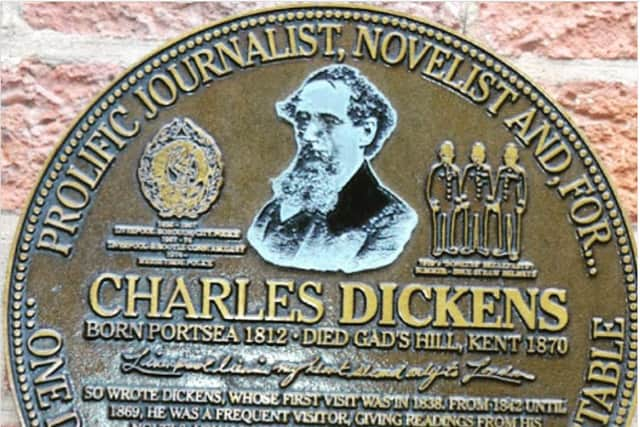

The Victorian author loved Liverpool and it would appear that Liverpool loved him back. At one of the many readings from his famous books in the city, thousands of people had to be turned away from St George’s Hall as throngs of spectators gathered to listen.
Advertisement
Hide AdAdvertisement
Hide AdDickens visited Liverpool regularly following his first recorded visit in 1838 and in February 1860 arranged to go on patrol with the police as part of his research for his Uncommercial Traveller series of articles. Sworn in as special constable, Dickens’ night-time expedition ‘began by diving into the obscurest streets and lanes of the port.’
Dickens’ headquarters for the night was Campbell Street bridewell and a plaque commemorating the famous author’s day with the Liverpool police now adorns the wall of the pub - The Bridewell - that stands on the site of the former police station.
The city of Liverpool has won an Olympic gold medal
In the four summer Olympic games held between 1928 and 1948, medals were handed out for architecture, as part of the now defunct arts category. At the Los Angeles games in 1932, the gold medal for town planning was awarded to John Hughes for his ‘Design of a Sports and Recreation Centre with Stadium for the City of Liverpool’.
Sadly, it no longer exists. In fact, it never existed. Hughes’ gold medal-winning vision was never built. He did, however, go on to design the Art Deco-inspired building St Andrew’s Gardens (aka the Bullring), near Lime Street Station, which now serves as student accommodation for the University of Liverpool.
Liverpool has a lost seaside resort hidden under the sand dunes
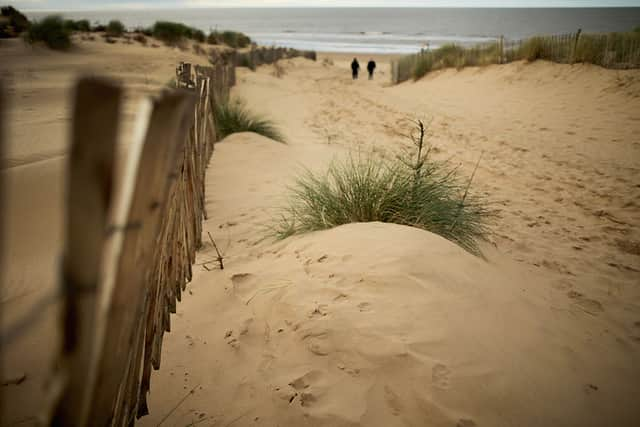

Advertisement
Hide AdAdvertisement
Hide AdJust up the coast from the city centre stands the village of Formby, where Liverpool and Everton players and managers have set up home over the years. Their millionaire mansions can be seen around Victoria Road, which runs down to the pinewoods and beach.
But well before they arrived, the town had already been the subject of a massive property investment.
Back In 1875, a group of Victorian businessmen raised £50,000 to build luxury coastal resort, Formby-by-the-Sea, as a rival to nearby Southport. A massive promenade was constructed, luxury villas were planned and houses were built, but the resort would never be completed.
Unfortunately for the Formby Land & Building Company, the coastal railway track was never extended out to the resort. The investment failed and the sand dunes reclaimed the land. All that now remains are a few crumbling steps and a signposted coastal walk that will guide you across the old site.
FC Barcelona’s world famous football strip came from Crosby
Advertisement
Hide AdAdvertisement
Hide AdThe iconic colours of one of football’s most recognisable shirts - the red and blue of Barcelona - is steeped in Catalan pride and history but it originated from the rugby shirts of Merchant Taylors’ School in Crosby.
Two of the Liverpool establishment’s alumni, Arthur and Ernest Whitty, played a key role in the creation of Barcelona back in 1899 and in the second of two foundation meetings suggested the new club should play in the colours of their old school’s rugby team.
The Merseyside-educated pair donned the Barca shirts themselves as they both played for the club, with Arthur also serving as club president between 1903 and 1905.
The city’s overhead railway was the first of its kind in the world
The sight of overhead trains rattling through a gritty cityscape are probably more associated with a New York-based movie, but the world’s first electrically-operated elevated railway ran for seven miles along Liverpool’s waterfront.
Advertisement
Hide AdAdvertisement
Hide AdNicknamed the ‘The Docker’s Umbrella’ because it also provided shelter from the weather for those who walked underneath, the line closed on 30 December 1956 after more than 60 years of transporting workers along the port.
Our Mayor is the first black female to lead a major UK city
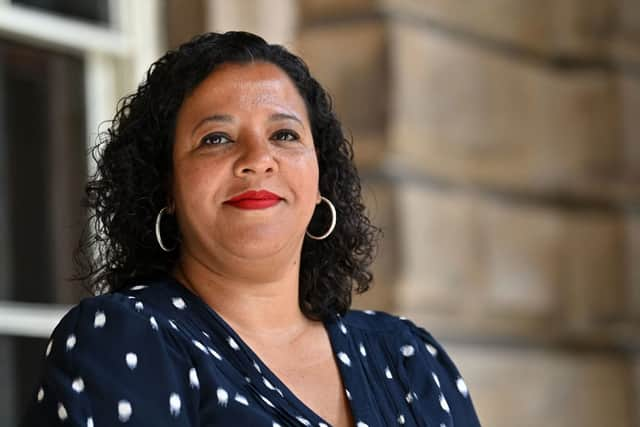

In May 2021, a landmark election victory in Liverpool, made Joanne Anderson, the former councillor for Princes Park ward in Toxteth, the UK’s first directly elected black female mayor.
Our “Scouse and proud” leader won 59% of the total votes. “Liverpool has always been a city of firsts - one that does things differently and that charters its own path,” Mayor Anderson said in her victory speech. “Today, we made history.”
Liverpool has more museums and galleries than any UK city outside London
That’s pretty impressive on its own, but the city also has one of the highest concentrations of museums in the whole of Europe. The World Museum, Tate Liverpool, Beatles Story, Walker Gallery and Maritime Museum are some of the most popular.
Advertisement
Hide AdAdvertisement
Hide AdMeanwhile, The Museum of Liverpool - the newest addition to the National Museums Liverpool group - is the first national museum dedicated to a regional city.
What came first, the people or the stew?
Obviously, we all know that the people of Liverpool are called Scousers and that the city’s most famous dish - a beef or lamb stew with potatoes, carrots and onions - is called scouse.
But were you aware that the people of the city are named after the food, not the other way around?
The origins of scouse are admittedly tad murky but it is a shortened version of lobscouse, which is thought to derive from the Scandinavian dish lapskaus (or lapskojs, or labskovs). A cheap dish commonly eaten by sailors, it became popular beyond the docks. Those who ate it were called scousers.
China Town’s arch is the largest outside China
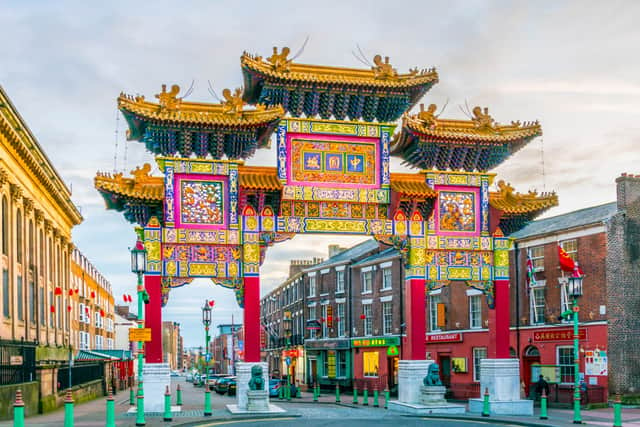

Advertisement
Hide AdAdvertisement
Hide AdReceived as a gift from the Chinese city of Shanghai in 2000, the 13.5 metre tall Imperial Arch features 200 dragons, five roofs and spans Nelson Street to provide a gateway to China Town.
Liverpool is home to the oldest Chinese community in Europe and the Imperial Arch, which also features two bronze lions and is constructed following the rules of Feng Shui, is an impressive and fitting monument.
The International Slavery Museum (ISM) is the only one in the world
Opened in 2007, on the 200th anniversary of the abolition of the British Slave Trade, the museum became the only one in the world dedicated to the history and legacy of the transatlantic slave trade.
Situated in the Maritime Museum on the Albert Dock, it stands right next to the dry docks where slave trading ships were repaired and fitted out.
Advertisement
Hide AdAdvertisement
Hide AdFrom the early 1700s, Liverpool ships carried about 1.5 million enslaved Africans across the Atlantic on approximately 5000 voyages. By 1795 the city controlled over 60% of the British slave trade.
The ISM acknowledges that grotesque past, but also does much more. It is a campaigning museum “that actively engages with contemporary human rights issues” and is an official third party Hate Crime Reporting Centre for Merseyside.
More than 80 films have been set or shot in Liverpool
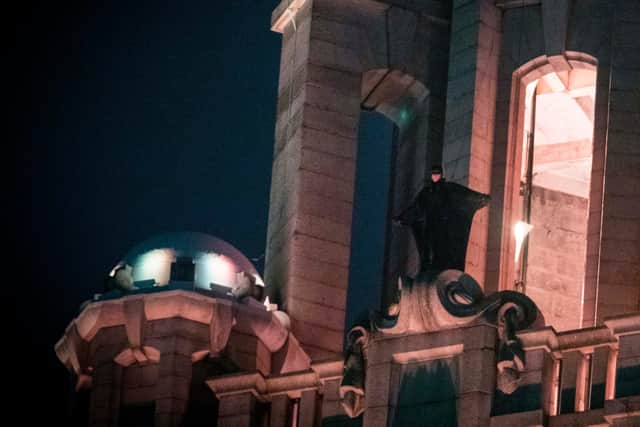

Even before large parts of blockbuster movie Chariots of Fire were filmed on Merseyside in 1981, Liverpool had enjoyed a long history with the industry.
In more recent years, The Death Eaters and a motorcycle chase in Harry Potter and the Deathly Hollows was shot in the Birkenhead tunnel. Captain America: The First Avenger used Stanley Dock as New York and 2020 film, The Batman, was shot at St George’s Hall and the Liver Building.
Advertisement
Hide AdAdvertisement
Hide AdSeeking to build on its reputation as one of Europe’s top film and TV locations the city planned to build two studios “for use by high-end film and TV productions” for 2021.
The Depot, off Edge Lane, features two 20,000 ft² units of purpose-built shoot space and is now open for enquiries.
Liverpool is home to Britain’s oldest black community
As far back as 1750, black sailors, sons of African rulers and freed slaves started to settle in Liverpool, making it one of the oldest continuous black communities in the whole of Europe.
In the 1780s black loyalists who fought for Britain in the American War for Independence also began to arrive in the city to increase the population.
Advertisement
Hide AdAdvertisement
Hide AdSome black families in Liverpool can trace their history back over 200 years, which is obviously a considerable time before the Windrush generation arrived in Britain.
Liver Building clock faces are the biggest in the UK
At 7.6 metres in diameter the clock faces on Liverpool’s famous waterfront building are bigger than those on the Elizabeth Tower in London that houses the famous Big Ben bell. They are just a mere 6.9 metres across.
London’s Shell Mex House, or 80 Strand as it is also known, claims to have a clock face of 7.62 metres in diameter, but they are really just numbers stuck on a wall.
If it was a physical clock face, you could perhaps use it as a massive dining table for 40 dignitaries - which is exactly what clockmakers Gent & Co of Leicester did before the grand opening of their Liver Bird timepieces on June 22, 1911.
Liverpool has its own version of Stonehenge


Advertisement
Hide AdAdvertisement
Hide AdKing John may have founded Liverpool in 1207 when he granted the tiny hamlet of ‘Liuerpul’ official town status, but people had been living in the area for thousands of years before that.
The region’s earliest monument is thought to be the Calder Stones - six neolithic monoliths that are around 4,800 years old.
Made from local sandstone, they were originally part of a burial mound. It was first appeared in the records as a landmark as part of 16th century land dispute. The stones were disturbed in the 18th century, when some of the stone and sand was removed from the site for other buildings and structures.
The remaining monoliths are now housed at Calderstone Park in Allerton as six impressive standing stones, complete with carvings.
The city’s only natural spring is in a graveyard
Advertisement
Hide AdAdvertisement
Hide AdGiven the location of the water source - in St James Gardens’ cemetery at the foot of the Anglican Cathedral - it will come as no surprise that there are plenty of legends surrounding the spring.
Some say the ‘haunted’ water turns black when it is boiled, others say it has incredible healing properties.
Discovered by a group of quarry men in 1773 when the area was countryside, subsequent investigations revealed it to be a Chalybeate spring, containing iron.
The spring still runs and can be seen in a wall of the gardens.
Comment Guidelines
National World encourages reader discussion on our stories. User feedback, insights and back-and-forth exchanges add a rich layer of context to reporting. Please review our Community Guidelines before commenting.
